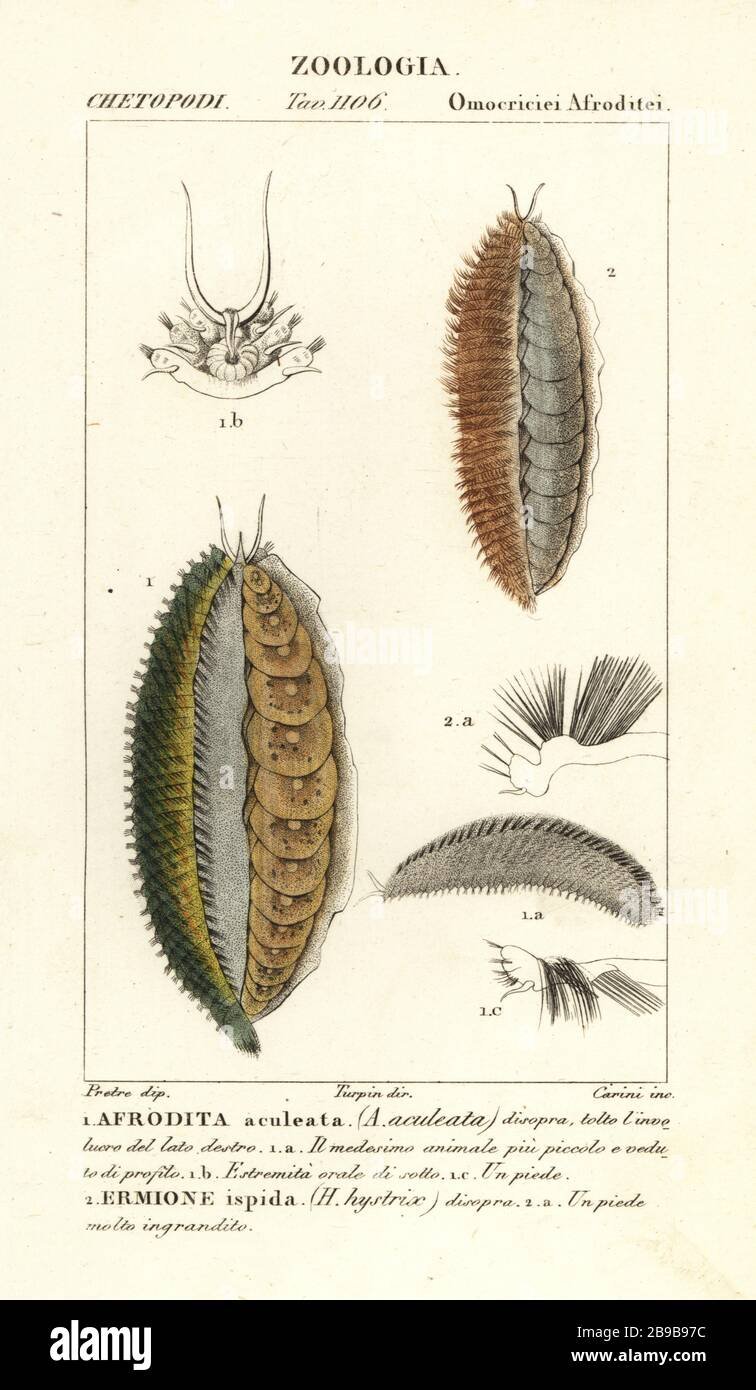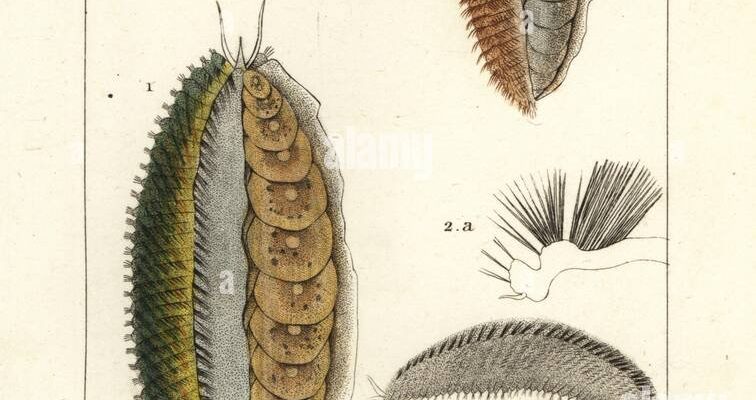
The Aphrodite aculeata typically thrives in various marine environments, and its distribution is quite remarkable. Much like how a well-traveled friend can tell you all about their favorite coffee shops across the globe, Aphrodite aculeata has its own story to tell as it spreads across oceans and coasts. So, grab your coffee, and let’s dive into the documented range and distribution of this unique creature!
What is Aphrodite Aculeata?
Aphrodite aculeata is a fascinating marine polychaete worm belonging to the family Aphroditidae. Imagine a creature that looks like a cross between a worm and a miniature sea monster. That’s essentially what you get with this spiny sea spider. The body is covered in bristles, giving it a distinct appearance, while its flattened shape helps it glide through sandy environments.
These worms are known to inhabit soft substrates, like mud and sand, often found in shallow coastal waters. They play a crucial role in the ecosystem by breaking down organic matter and serving as a food source for various marine animals. You might be wondering how they manage to thrive in such diverse environments. The answer lies in their adaptability, which we will explore further in the next sections.
Global Range of Aphrodite Aculeata
The documented range of Aphrodite aculeata stretches across several oceans and seas, making it a truly widespread species. From the North Atlantic Ocean to the Mediterranean Sea, these creatures can be found in various habitats. You might spot them in coastal regions, especially in places with ample sediment like beaches and estuaries.
In the North Atlantic, the species has been reported in places like the British Isles and as far down as the Portuguese coast. They thrive in shallow waters, often at depths of just a few meters. In the Mediterranean, you can find Aphrodite aculeata from the shores of Spain to Greece, showcasing its adaptability to different marine environments.
Habitat Preferences
So, what makes certain locations so appealing to Aphrodite aculeata? This species prefers habitats that provide ample food and protection. The spiny sea spider likes to burrow into soft substrates, using its body to create a cozy hideout. Think of this as setting up a small fort made of sand—it’s their way of staying safe from predators.
Typically, these worms are found in:
- Shallow coastal waters where light penetrates and food sources thrive.
- Sandy and muddy substrates that allow for easy burrowing.
- Estuarine environments rich in organic matter, which is a key food source.
By preferring these environments, Aphrodite aculeata can efficiently feed and reproduce, continuing its life cycle in a favorable setting.
Distribution in Different Oceans
When it comes to the distribution of Aphrodite aculeata in various oceans, each body of water offers unique conditions that shape its presence. Let’s take a closer look:
1. North Atlantic Ocean
In this region, Aphrodite aculeata is often found along the coastlines of countries such as the United Kingdom and Ireland. The nutrient-rich waters support a diverse ecosystem, providing an abundance of food sources for these worms.
2. Mediterranean Sea
The Mediterranean is another hotspot for Aphrodite aculeata, with notable populations in countries like Greece and Italy. The warm waters and diverse habitats allow for thriving colonies, showcasing the adaptability of this species.
3. North Sea and Baltic Sea
In these colder waters, Aphrodite aculeata has been reported as well. Here, they adapt to the different salinity and temperature ranges, demonstrating their resilience and ability to flourish in varying conditions.
Role in the Ecosystem
Aphrodite aculeata may be small, but it plays an important role in its habitat. By feeding on detritus and organic materials, it helps recycle nutrients back into the ecosystem. Think of it as nature’s clean-up crew, ensuring that the ocean floor stays healthy and balanced.
Additionally, these worms serve as prey for larger marine animals, such as fish and crabs. Their presence in the food web emphasizes their value in supporting marine biodiversity. Without creatures like Aphrodite aculeata, the balance of the ecosystem could be disrupted, leading to more significant challenges for marine life.
Conservation Status
Despite their adaptability, the conservation status of Aphrodite aculeata is an important topic. As marine habitats face threats from pollution, climate change, and overfishing, understanding the distribution and population dynamics of this species becomes crucial. Monitoring their numbers helps us gauge the health of their ecosystems.
Currently, there are no major conservation efforts specifically targeting Aphrodite aculeata, as it is not considered endangered. However, maintaining healthy marine environments is essential for their continued survival. Protecting coastal habitats and reducing pollution are key steps we can all take to ensure that these fascinating worms—along with countless other marine species—thrive.
Aphrodite aculeata may be a small creature, but its distribution and role in the ecosystem are significant. From the chilly coasts of the North Atlantic to the warm Mediterranean waters, this spiny sea spider adapts and thrives in diverse conditions. Understanding where these worms are found and their ecological significance helps us appreciate the complex web of life in our oceans.
Keeping an eye on their habitats and supporting conservation efforts ensures that future generations can continue to marvel at these unique creatures. So, the next time you’re near the ocean, take a moment to think about the hidden life beneath the surface—you might just be inspired to learn more about the wonders of marine ecosystems!

